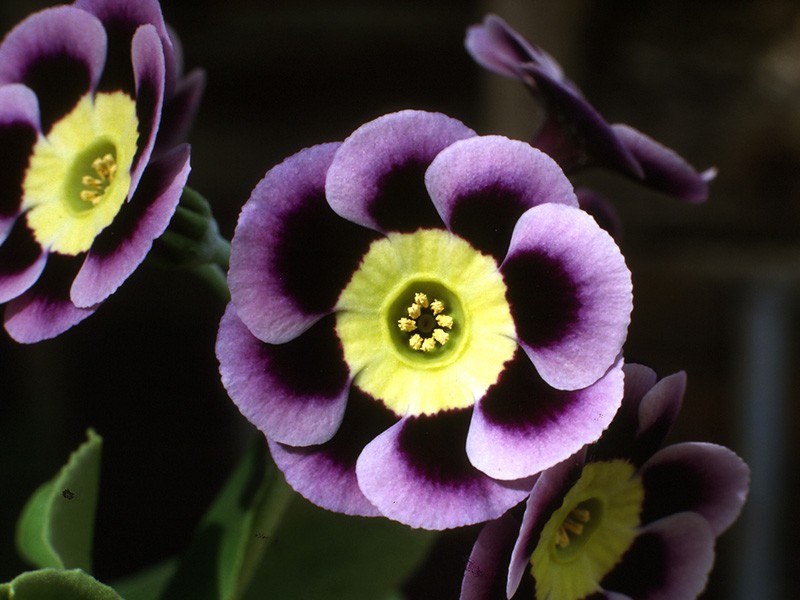
One can buy enough seed to produce dozens of plants for the price of one or two seedling plants. While it is often easy to buy primulas from a local nursery or from specialists, it seems to me that, it is much more satisfactory when one grows them from seed. A great deal of hybridizing has resulted in some really spectacular flowers both as to color and size. It is a modest plant with obovate leaves 4 to 6 inches long, with flowers borne in an umbel on a 6- or 8-inch scape.įlower color is in shades and combinations of white, gold, yellow, tawny and red mahogany, usually with an “eye” of one color and the margin of the petals another. They will live in the garden for years if given well-drained humusy soil, semi-shade, water during hot, dry spells in summer, and winter protection.įor the beginner I would recommend Primula polyantha as one of the easiest to propagate and one of the most beautiful of all primroses. There are many species such as Primula polyantha, Primula denticulata, Primula acaulis, Primula japonica and Primula Sieboldi, to name but a few, which are easy to grow from seed and to maintain in the garden if one follows simple rules and gives them the conditions and culture they like. Some species are difficult and almost impossible to grow and flower in the New York City climate. The fact that primulas are grown in relatively few gardens is probably due to a false reputation of being “difficult.”

Many gardeners have one or two primulas in a rock garden where they are quite at home, but there is no more lovely sight than a whole border or bed of primulas on the north side of a row of deciduous shrubs dappled with the early May sunlight.

This is by no means a suggestion that daffodils, tulips, scillas and other spring flowers are not lovely. Primulas are the real aristocrats of all the spring flowers that gladden the eye, or so it seems to me.


 0 kommentar(er)
0 kommentar(er)
